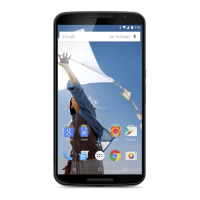
Do you have a question about the Motorola Nexus 6 and is the answer not in the manual?
| Panel type | AMOLED |
|---|---|
| Screen shape | Flat |
| Pixel density | 493 ppi |
| Display diagonal | 5.96 \ |
| Touch technology | Multi-touch |
| Touchscreen type | Capacitive |
| Native aspect ratio | 16:9 |
| Display number of colors | 16.78 million colors |
| Processor cores | 4 |
| Processor family | Qualcomm Snapdragon |
| Processor frequency | 2.7 GHz |
| RAM capacity | 3 GB |
| Compatible memory cards | Not supported |
| Internal storage capacity | 32 GB |
| Flash type | LED |
| Rear camera type | Single camera |
| Maximum frame rate | 30 fps |
| Video recording modes | 720p, 1080p, 2160p |
| Rear camera resolution (numeric) | 13 MP |
| Front camera resolution (numeric) | 2 MP |
| 4G standard | LTE |
| 2G standards | GSM |
| 3G standards | HSPA+, UMTS |
| SIM card type | NanoSIM |
| Wi-Fi standards | 802.11a, Wi-Fi 5 (802.11ac), 802.11b, 802.11g, Wi-Fi 4 (802.11n) |
| SIM card capability | Single SIM |
| 2G bands (primary SIM) | 850, 900, 1800, 1900 MHz |
| Mobile network generation | 4G |
| Subscription type | - |
| USB version | 2.0 |
| USB connector type | Micro-USB |
| HDMI ports quantity | 0 |
| Headphone connectivity | 3.5 mm |
| Platform | Android |
| App distribution platform | Google Play |
| Form factor | Bar |
| Product color | Blue |
| Themes | Wallpapers |
| Personalization | Icons, Menu, Shortcuts |
| Personal info management (PIM) | Alarm clock, Calculator, Calendar, Events reminder, Notes, To-do list |
| Multimedia Messaging Service (MMS) | Multimedia Messaging Service (MMS) is a standard way to send messages that include multimedia content to and from a mobile phone over a cellular network |
| Talk time (3G) | - h |
| Battery capacity | 3220 mAh |
| Browsing time (4G) | 10 h |
| Browsing time (Wi-Fi) | 9.5 h |
| Cables included | USB |
| Depth | 10.06 mm |
|---|---|
| Width | 82.96 mm |
| Height | 159.26 mm |
| Weight | 184 g |
A T4 Torx screwdriver is recommended for specific screw types encountered during disassembly.
Plastic opening tools are used to safely pry apart device components without causing damage.
A nylon spudger is a versatile tool for prying, lifting, and disconnecting delicate internal parts.
This tool is used to eject the SIM card tray from the device.
Fine-tip curved tweezers are essential for handling small screws and components.
The iSesamo opening tool is designed for safely separating glued or adhered components.
A heat gun or blow dryer is used to soften adhesive for easier component removal.
Step 1: Remove the Nano-SIM card tray using the SIM card ejection tool.
Step 2: Heat and pry off the rear battery cover, minding the ribbon cable.
Step 3: Remove T4 Torx screws to begin separating the midframe from the display assembly.
Step 4 & 5: Use opening tools to free clips, then remove power and volume buttons.
Step 6: Disconnect the power and volume button ribbon cable from the motherboard.
Step 7, 8 & 9: Remove protective covers, disconnect, and pry out the battery and charger.
Step 10: Pry out the earpiece speaker and free the headphone jack.
Step 11: Pry off the camera lens cover and lift flash LEDs and contacts.
Step 12: Lift the metal bracket and remove the power and volume buttons ribbon cable.
Step 13: Disconnect and remove front and rear-facing cameras.
Step 14 & 15: Remove motherboard screws and disconnect digitizer and LCD ribbon cables.
Step 16: Use an iSesamo tool to pry the loudspeaker from the motherboard.
Lists all major components of the Motorola Nexus 6 after full disassembly.
Fixez.com disclaims liability for damage and voids warranty if guides are used.

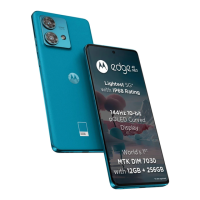


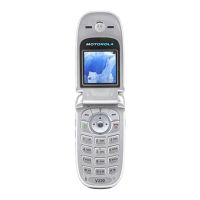
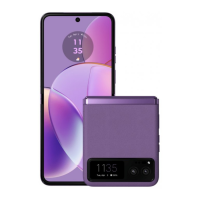
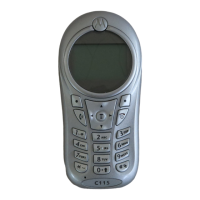
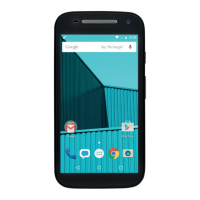




